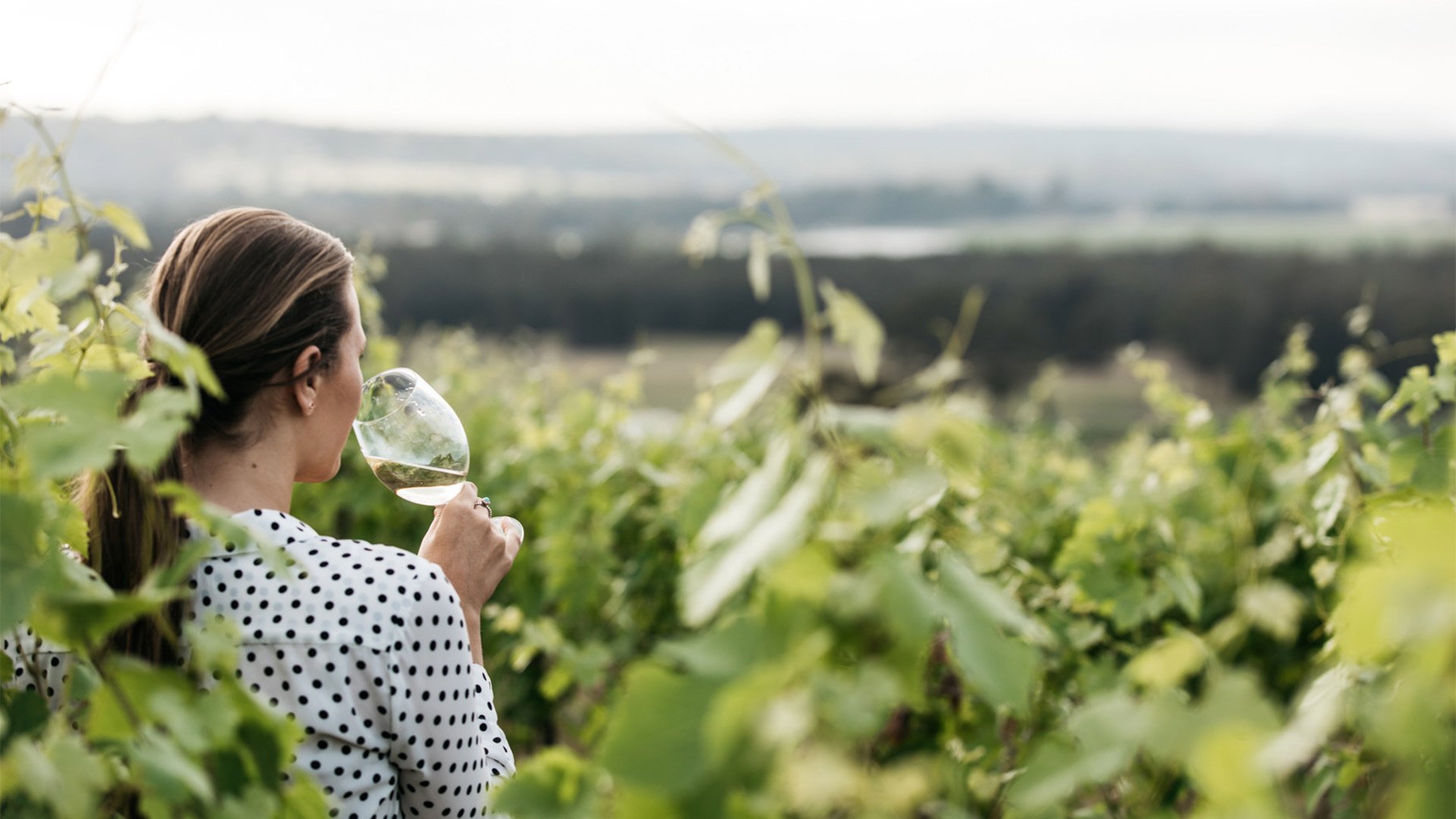
Please enter your year of birth:
Unfortunately, you do not meet the age requirement to enter this website.

Please enter your year of birth:
Unfortunately, you do not meet the age requirement to enter this website.
Cooking with red wine is a wonderful way to enhance and give depth of flavour to a sauce, jus, stew, marinade, glaze, or even dessert. Your dish will be lifted with all the concentrated, complex and aromatic goodness that’s left behind once the alcohol from the red wine evaporates during the cooking process.
Not all red wines are equal when met with fire.
The cardinal rule followed by chefs the world over is: “If you wouldn’t drink the wine, you shouldn’t cook with it.” This rule effectively eliminates cheap ‘cooking wine’ from your ingredients list, but that doesn’t mean you should raid your cellar for a bottle of red that’s been happily ageing for years either.
When it comes to cooking, your safest bet is to choose a mid-priced, medium-bodied red wine with moderate tannins, like a Cabernet Sauvignon, Merlot or Pinot Noir. Using a red wine that is too big, full-bodied and tannic, like Shiraz, may turn ‘chalky’ and astringent while cooking and ruin the flavour of your dish.
Red wine and beef are a match made in heaven. While most medium-dry red wine varietals work well in beef dishes; a Merlot, with its medium tannins and moderate body is an excellent choice. Try it in rich, hearty beef dishes like a stew, braised beef short ribs, or a mid-week spaghetti bolognese.
We recommend you try: 2020 McGuigan Cellar Select Limestone Coast Merlot
As far as ultimate pairings go, drinking a rich and bold Cabernet Sauvignon alongside a delicious lamb dish is about as good as it gets. So using a Cab Sav as an ingredient to cook lamb and amp up the flavours is a no-brainer. The soft, velvety tannins in the wine will mellow with more cooking time and the high acidity will help to tenderise the meat. Use it in slow-cooked lamb shanks, a traditional Greek Moussaka, or to create a thick and sticky pan reduction to pour over grilled lamb cutlets.
We recommend you try: 2021 McGuigan Mastercraft Cabernet Sauvignon
White wine is generally the go-to for cooking chicken and seafood because of its lighter, brighter flavours and low tannin content. However, a soft and light-bodied Pinot Noir can be a great choice for cooking chicken as its delicate characters won’t overpower the final dish. Using our alcohol-free Zero Pinot Noir is particularly good for preserving gentle flavours as you don’t have to ‘burn off’ the alcohol at high heat as you would with regular wine, you can just simmer on low to medium heat. Try it in a herby dish with chicken and mushrooms or a traditional French coq au vin.
We recommend you try: 2022 McGuigan Single Batch Pinot Noir
Cooking is a great way to repurpose leftover wine and minimise waste. An open bottle of red wine, sealed and stored in the fridge, is fine to cook with for up to a month - even if it’s no longer palatable for drinking.
Freezing wine is another way to rescue the last splashes in a bottle of red. Leftover wine can be frozen in ice cube trays and then stored in a freezer bag for 3-6 months. You can use a couple of cubes to deglaze a hot pan after cooking a steak or pork chops or drop it in a sauce or soup to enhance the flavour.
Looking to find the perfect red you can drink, food match, and cook with?